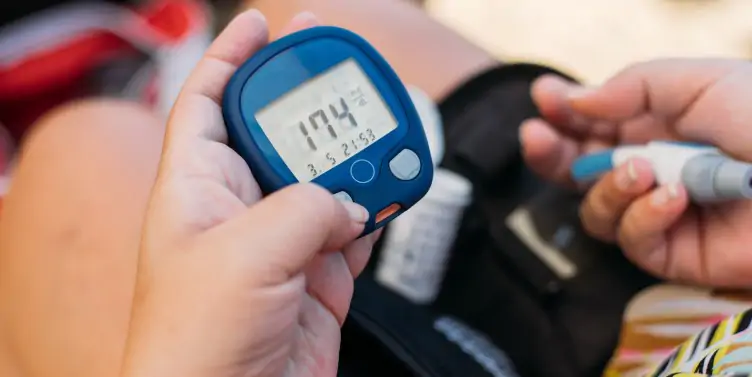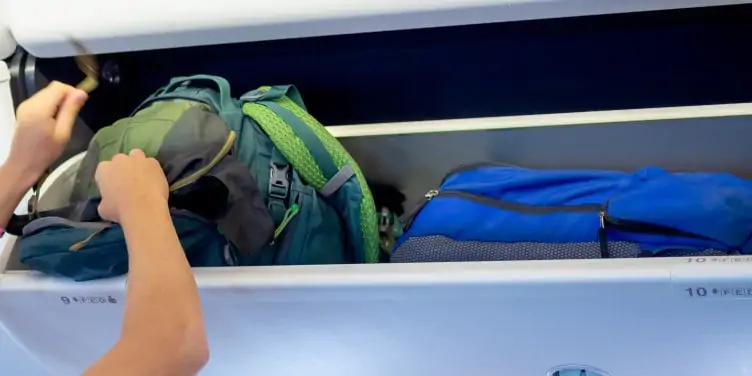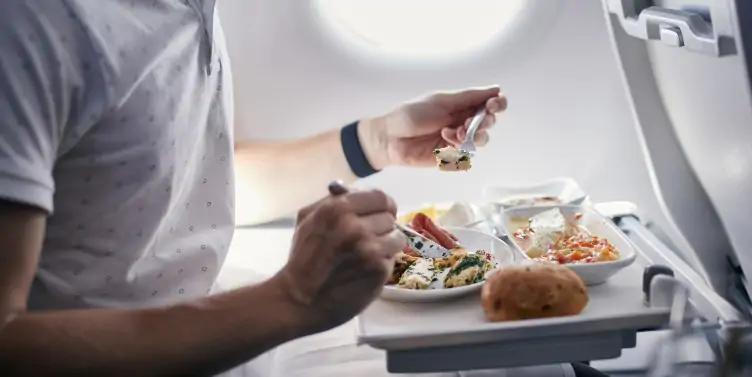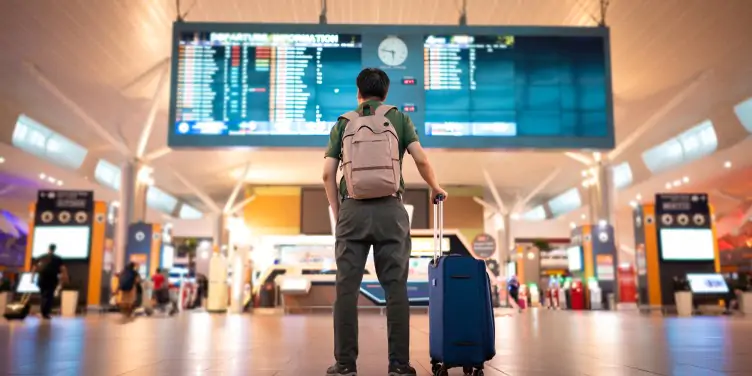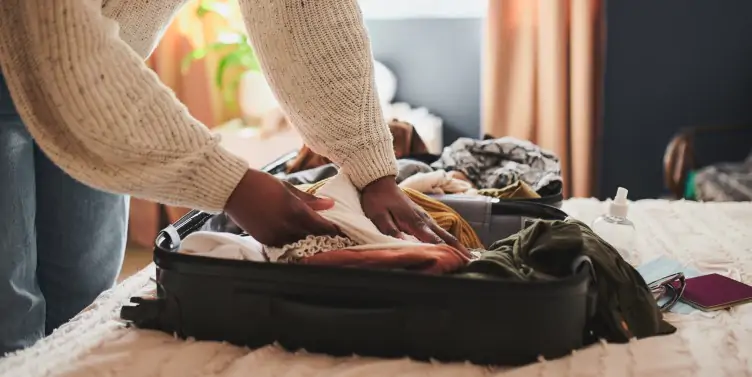Travelling with diabetes

Travelling with diabetes? Our handy guide is full of tips to make your next holiday as stress free as possible.
Diabetes affects almost three million Brits – meaning if you’ve recently been diagnosed with it, you’re far from alone. In fact, you may be surprised to know that a few famous faces have diabetes including: Tom Hanks, Halle Berry and Olympic rower Steve Redgrave – all of whom have not let the condition get in their way.
As with any medical condition, the key to avoiding any unwanted surprises on holiday is to plan ahead. And that means preparing for your trip up to six weeks before you leave, according to health professionals at the NHS.
But don’t worry, help is at hand! We’ve put together the ultimate guide to travelling with diabetes, so you can concentrate on what’s most important – enjoying your well-earned break!
Travelling with diabetic supplies
Before you book any flights, ask your GP for a letter explaining that you need to carry needles and insulin on the plane – especially if you are carrying more liquid than the allowed 100ml. It’s worth noting that some doctors charge for letters, so if you fly regularly, requesting a note for multiple journeys might be easier for you.
Another useful tip is to carry all your diabetic medication in your hand luggage. This way if your suitcase gets lost, you’ve still got all your medication. Plus, Diabetes UK advises travellers not to store insulin in checked-in luggage as the freezing temperatures could damage it.
Plan to take twice the quantity of medical supplies you usually need in case any are lost, damaged or if there are any delays with your return flights. Also, it’s worth remembering that when travelling east, the day is shortened, so you may need less medication. But, when travelling west, you may need more.
It’s also a good idea to let your doctor know where you are travelling to, as you may need to alter your insulin dosage if you’re crossing time zones. While speaking to your doctor, ask for advice about where you plan to go, as extreme hot or cold climate changes can affect insulin and blood glucose monitors.
Take a copy of your prescription to help speed up security checks. You can request that hand luggage checks are done with a visual inspection rather than an X-ray if you are carrying any equipment that could be damaged by the machine.
If you use an insulin pump or CGM (Continuous Glucose Monitoring) device, it’s best to call your airline ahead of your flight to check if you can take it on board. Some devices have a Wi-Fi function that could affect the flight navigation electronic system – if this can’t be turned off, the cabin crew may refuse to carry it in the cabin.
Pack an insulin pen or another way of administering insulin in case you have to remove your pump for the flight. You can request that security do a hand wand inspection at the airport, as devices are fine to go through the metal detectors but should be kept away from the X-ray machines. Companies such as Medtronic make cards with pump and CGM information on, so that can be given to security and cabin crew to help them understand your needs.
Taking insulin needles on a plane
To carry insulin needles on a plane you’ll need a letter from your GP explaining what equipment you need, and that your insulin must be carried on as hand luggage. Take a portable sharps container – most airports and planes have sharps disposal boxes in the toilets or the cabin crew can assist you.
Read our top tips on taking medication abroad to find out more.
Getting supplies when abroad
If you do need extra supplies when you’re abroad, check the insulin strength. The UK uses U-100 but other countries might supply U-40 or U-80, which need to be taken with the correct syringes.
Before travelling, you may want to contact your insulin manufacturer to find out if they have suppliers in the country you are visiting, and find out what brand name they sell it under. Some pharmacists offer a service to courier insulin to your destination, but this is an expensive option which is best used for an emergency.
Food and drink
Diabetes UK advises patients not to order a special ‘diabetic’ meal if flying. Most meals don’t contain enough carbohydrates and are designed for people with type 2, rather than type 1 diabetes.
Pick a meal from the regular menu and ask for fruit, crackers and bread rolls to eat throughout the flight. Pack a few extra snacks in your hand luggage in case of delays too, sandwiches, fruit and cereal bars are ideal.
Remember, if your flight is less than four hours long, it may not include a meal. But, your airline can confirm this.
Some people prefer to keep their blood sugar level slightly higher on flights to reduce the chance of hypoglycaemia (a hypo). Carry glucose tablets if needed – non-diet soft drinks and fruit juice can also be taken if a hypo occurs mid-flight.
Flying long haul
Try to pre-book an aisle seat so you can easily get up and move around on long flights. Diabetes can increase the risk of deep vein thrombosis, so it’s important to stretch your toes to keep circulation going and get up and walk around on a long-haul flight.
Cabin air is dryer than normal air so it’s important you drink plenty of water, as dehydration could increase your blood sugar levels. But, most importantly, sit back, relax and enjoy the flight.
Dealing with illness
Stomach upsets are common in countries with low food hygiene levels.
Diabetes UK advises that, even if you have sickness or diarrhoea, you must keep taking your insulin or tablets. If you can’t stomach solid foods, opt for sugary drinks to keep your carbohydrate level normal.
Pack carefully
In addition to your doctor’s note and medication, pack a medical alert identification, a glucose metre, spare batteries and a test/disposal kit along with a supply of test strips in your luggage.
Plus, make sure you have your doctor’s contact details and an emergency number for a trusted friend or family member in your mobile phone.
Top tips for travelling with diabetes
Managing medication
- Store insulin in a cool bag.
- If booking long-haul flights, consult your GP regarding changes to your insulin routine.
- High altitudes can create air pockets in insulin pens. So do a few ‘air shots’ before injecting to get rid of any air bubbles.
- Be aware that heat, high altitude and humidity can affect the accurateness of blood glucose monitoring equipment.
- Take a list of all medications and a repeat prescription with you. In some countries such as the USA, blood glucose is measured differently from the UK.
- If in doubt check out Diabetes UK’s conversion chart online. Check with your GP for guidance on travel injections and how the local weather and time zones could affect your diabetes.
Taking care of your feet
- Make sure you wear comfortable shoes in case your feet swell in warmer climates.
- Don’t walk barefoot, especially on hot sand.
- If you get a blister on your foot, avoid the sea and cover it with a plaster.
Preparing for the unexpected
- Bring extra medicine to cover you for any travel delays.
- If you’re travelling with somebody, keep half your medicine in their bag, just in case you lose yours.
- Carry a diabetes identity card.
- If travelling in Europe, make sure you have a valid European Health Insurance Card (EHIC) or Global Health Insurance Card (GHIC). This entitles you to free or reduced cost treatment in European countries.
Find out what you need to know about GHIC in our blog post.
Finally, if you have diabetes and are planning a trip, it’s a good idea to buy travel insurance that can cover diabetes. Not all policies will cover diabetes and it’s important to let your chosen travel insurer know about all of your pre-existing medical conditions. Otherwise you may not be covered if you have a medical emergency and need to make a claim.
Find out exactly what you need to declare on your travel insurance in our blog post.



